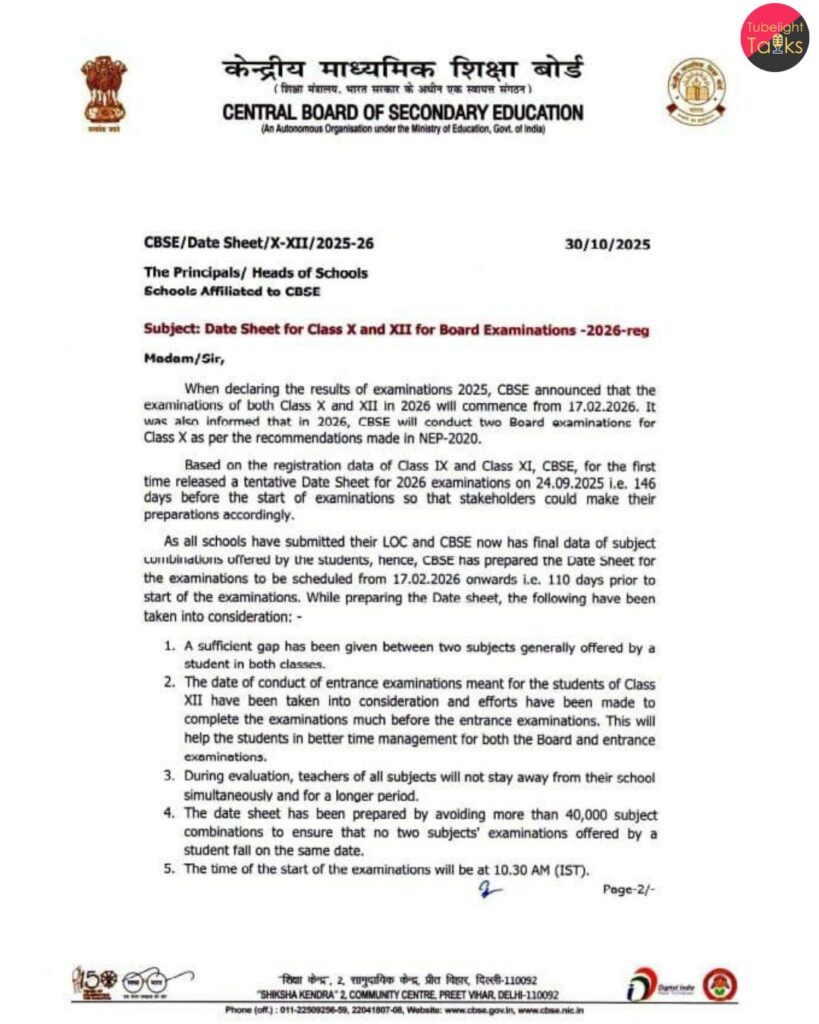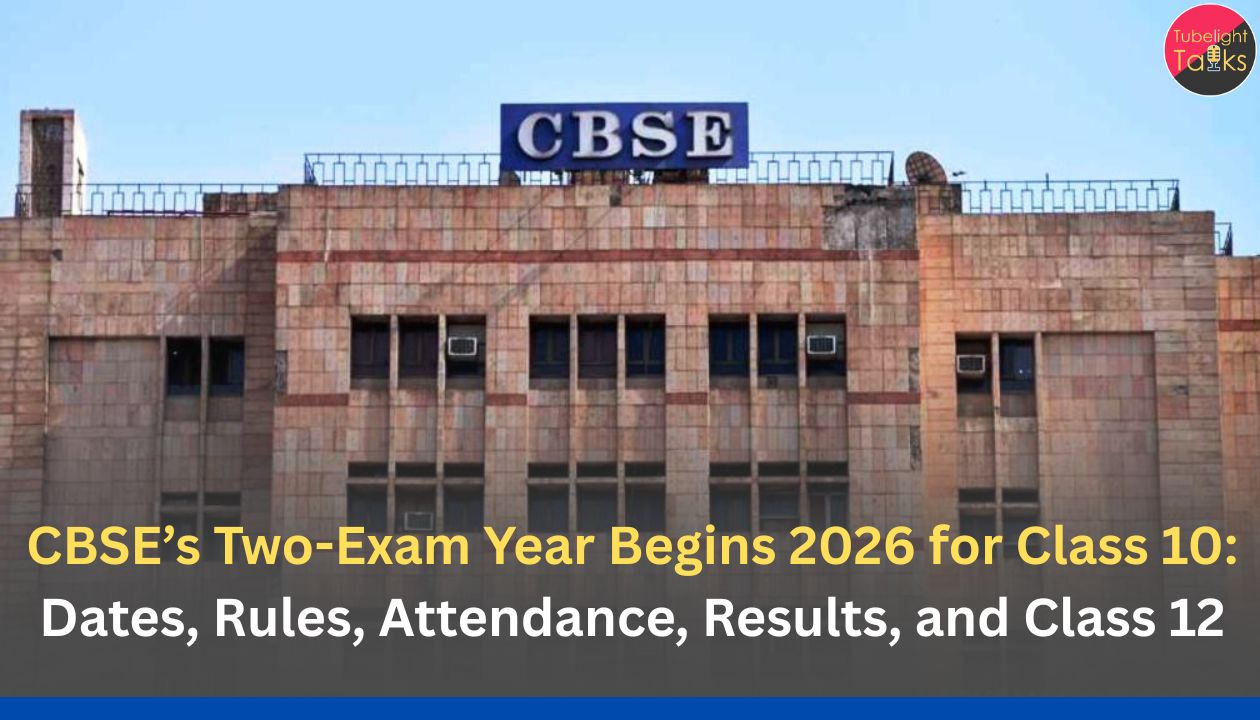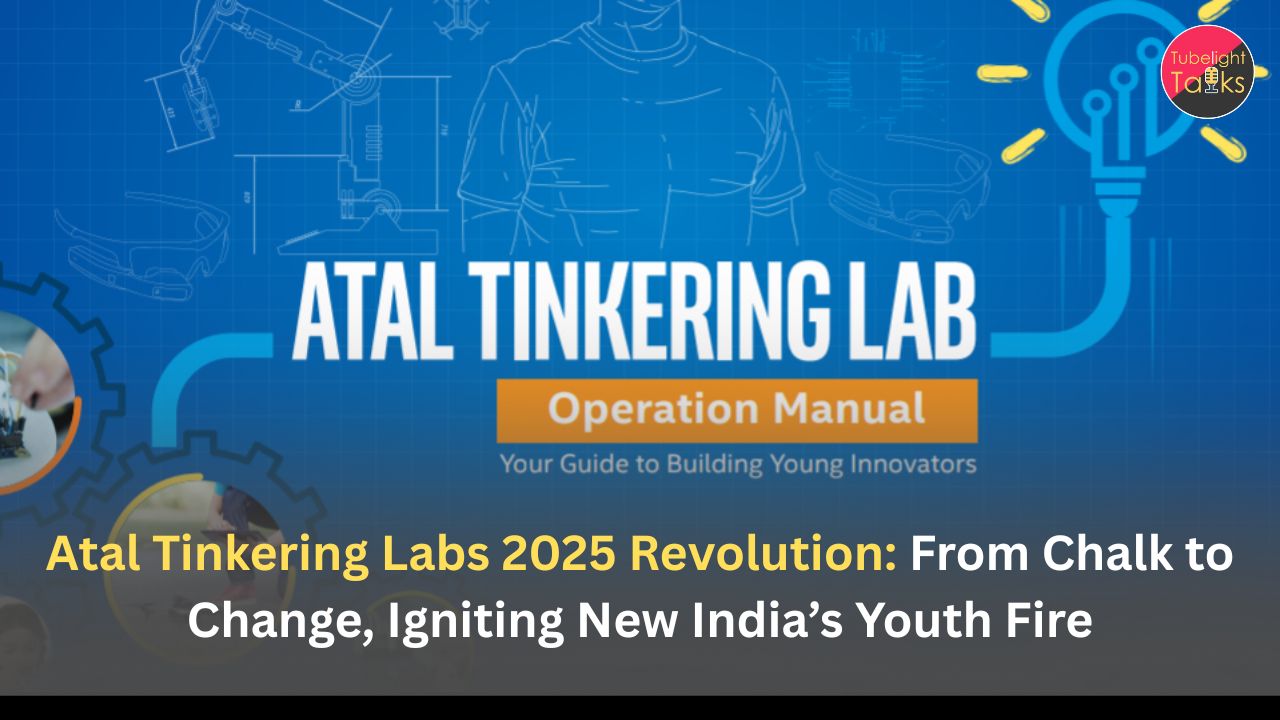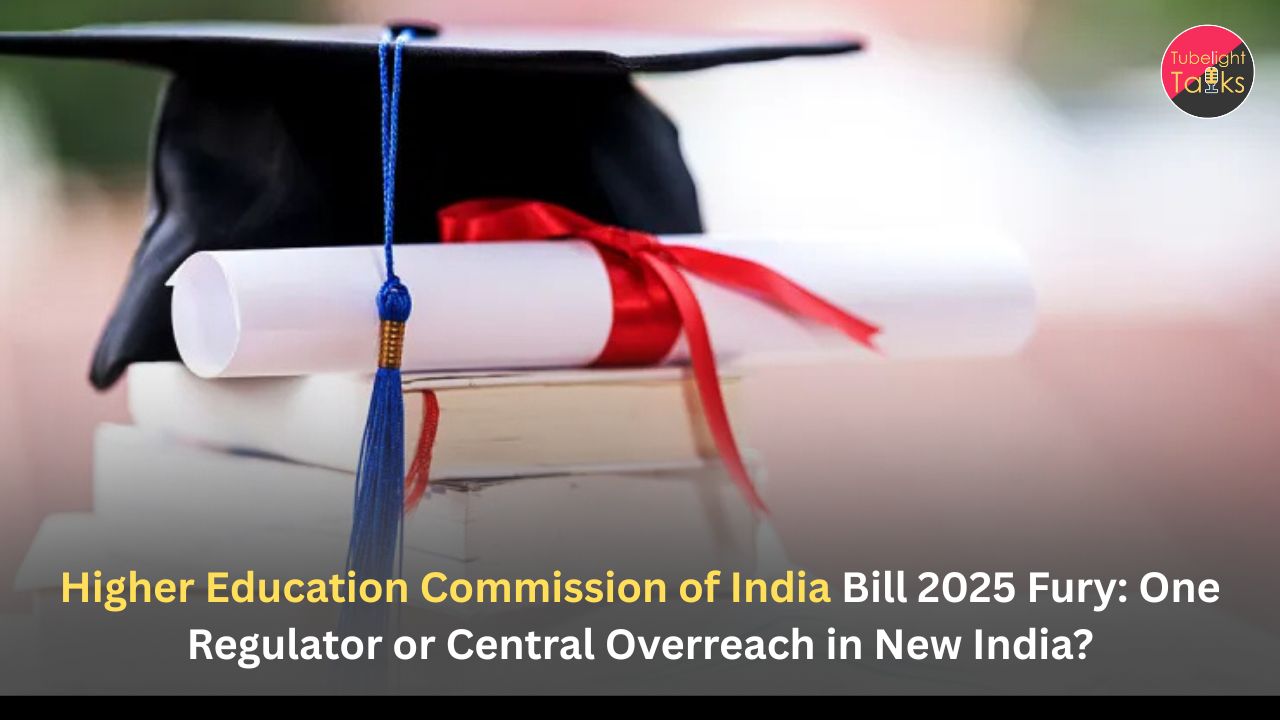CBSE’s Two-Exam Year Begins: The Central Board of Secondary Education (CBSE) has formally adopted a two-board-exams-a-year model for Class 10 starting 2026, in line with the National Education Policy 2020 and the NCF vision to lower high-stakes pressure. The board’s June 25, 2025 notification, draft scheme (Feb 25, 2025), and tentative date sheet (Sept 24, 2025) spell out how it works: a mandatory first exam in February–March and an improvement exam in May, full syllabus in both, 75% attendance requirement, and clear result timelines with DigiLocker uploads. Here’s the complete field guide for schools, parents, and students—with only official links.
What’s officially changed—and why
CBSE’s policy implements NEP 2020 paras 4.37–4.38, which sought “best-of-two attempts” to reduce the high-stakes nature of single-shot board exams. The Class 10 two-exam policy is confirmed from 2026 via CBSE’s signed notification; the draft scheme provides the operational blueprint, while the tentative date sheet aligns calendars. The Ministry of Education’s NCF communications and public broadcaster updates anticipated this shift.
The rationale (NEP/NCF to CBSE policy)
- Lower stress, retain best score: Students get a main exam and an improvement attempt within the same year.
- Discourage coaching culture: Assessment remains full-syllabus, but high-stakes are diluted across two windows.
- Predictability for schools: Releasing tentative schedules early helps staffing, evaluation and practicals planning.
The new calendar at a glance (Class 10, 2026 onward)
- First (main) examination: Mid-February start (as at present).
- Second (improvement) examination: May window.
- Results: First exam results in April, second exam results in June.
- DigiLocker: Main-exam performance available in DigiLocker; final passing documents issued after second exam results.
- Date-sheet planning: CBSE’s tentative date sheet memo groups subjects and underscores a February 17 start to the season.

Who must take what?
- First exam is mandatory for all Class 10 students.
- Second exam is for improvement (up to three main subjects: Science, Mathematics, Social Science, and languages). Students absent in three or more subjects in the first exam shift to “Essential Repeat” next year; they cannot use the second exam of the same year.
- Compartment & special cases: Compartment candidates and CWSN facilities are integrated into the two-exam flow; winter-bound schools may opt for either window per CBSE policy.
Syllabus, papers & internal assessment
- Full syllabus both times: Both examinations run on the full year’s syllabus—this is not a half-syllabus split model.
- Internal assessment once: Internal assessment is done once before the main exams (it is a two-year process across IX–X). Poor or absent internal assessment can lead to no result (Essential Repeat).
Attendance and eligibility (don’t miss this)
CBSE’s Public Notice (Sept 15, 2025) sets baseline eligibility:
- Minimum 75% attendance in classes IX–X and XI–XII (two-year programmes).
- Adherence to NEP-aligned internal assessment norms.
- Rules for additional subjects (two in Class X; one in Class XII) and restrictions on schools offering subjects without requisite infrastructure.
LOC, results & admissions to Class XI
- LOC (List of Candidates): Filling LOC for the main exam is compulsory; the second exam has a separate LOC, no new names can be added for it. Subject changes between first and second exams are generally not allowed.
- Results cadence: April (first exam), June (second exam), with post-result facilities (photocopy, verification, re-evaluation) opening after the second exam results—for both attempts.
- Class XI admissions: A student not qualified in the main exam may get provisional admission to Class XI; final admission depends on the second-exam result.
Class 12: what’s official today?
Two key points for Class 12 readers:
- Policy intent exists (NEP/NCF & ministry briefings) to conduct board exams twice a year.
- CBSE’s formal, detailed circular with Class 12 procedural specifics akin to Class 10’s has not been issued in the same detail as the Class 10 (2026) notification as of this writing—so rely on CBSE’s Examination Circulars page for updates and the 2026 date-sheet memos for planning.
Copy-ready line for reporters: “CBSE will implement two Board Examinations a year in Class 10 from 2026; first exam in February–March and improvement in May; 75% attendance is mandatory; results in April and June.”
How the exam days will look (based on CBSE draft & tentative plan)
- Fixed-day majors: Maths, Science, Social Science, Hindi, English on specific days, mirroring current discipline.
- Language clusters and remaining subjects spread over multiple days to accommodate combinations; students do not choose dates—CBSE allots them per combination algorithm.
- Result dates are integrated into the year plan (X by Apr 20, XII by May 20—illustrative from the draft for 2026), followed by the second exam window for X in May. Always cross-check the live circulars as they firm up.
What schools must do now (administration & academics)
- Early timetable & invigilation rosters based on tentative date sheet and critical-dates circular; align practicals, evaluation batches and post-result workflows.
- Attendance enforcement: Communicate the 75% rule to families and maintain evidence trails as per Examination Bye-Laws.
- Internal assessment integrity: Ensure two-year IA documentation (IX–X), especially for transfers and CWSN accommodations.
- Subject offerings: Offer only those subjects for which the school has teachers, labs and approvals; CBSE warns against ad-hoc offerings.
- DigiLocker readiness: Train office staff and students; note CBSE’s yearly Digilocker access-code circulars.
What students & parents should plan for
- Strategy: Treat the first exam as the main attempt; use the second for targeted improvement in up to three main subjects/languages.
- Wellness: The two-window model reduces pressure—use it to space revision, not to delay preparation.
- Admissions: If you’re aiming for Class XI streams or entrance tests (CUET-UG/PG via NTA), map board result dates to application windows; check the NTA portals.
A values lens on exams and effort
Effort over a whole year
Reforms can lower pressure, but outcomes still ride on consistent, honest effort—doing assignments on time, respecting attendance, supporting peers who struggle, and keeping integrity in exams and projects. Practical guidance by Sant Rampal Ji Maharaj that emphasises truthfulness, non-exploitation, and responsibility at school and at work can quietly transform performance: it builds habits that show up as better focus, fewer shortcuts, and stronger teamwork—especially across two exam windows.
For a values-first perspective on everyday conduct (students, teachers, employers, employees), see “Way of Living (Jeene Ki Raah)” and articles on ideal behaviour at the workplace.
Also Read: A Look at the Indian Education System
FAQs: CBSE Two Board Exams a Year (From 2026)
Q1. From when will CBSE conduct two Board exams a year?
From 2026 for Class 10: main exam (Feb–Mar) and improvement exam (May).
Q2. Is the first exam compulsory?
Yes. All students must take the first (main) exam; the second is for improvement, with defined eligibility.
Q3. Is the syllabus split between the two exams?
No. Both exams cover the full syllabus for the year.
Q4. What attendance is required to sit the exams?
Minimum 75% attendance (two-year programme: IX–X / XI–XII) plus completed internal assessment.
Q5. When are results declared and where are marks available?
April (first exam) and June (second exam). Main-exam performance will be available in DigiLocker; final passing documents are issued after the second-exam results.
Q6. Can students change subjects between Exam-1 and Exam-2?
Subject changes are not allowed between windows except as per CBSE policy; no new names can be added to the second-exam LOC.
Q7. What about Class 12—will it also be twice a year?
The policy intent exists under NEP/NCF; for procedural details and dates, watch CBSE’s Examination Circulars and date-sheet memos.










